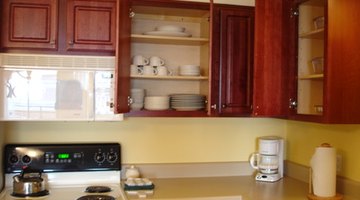Electric Range Amp Requirements
Electric range ovens come in several styles and colors that give each brand a distance look. However, they all operate roughly the same with some small differences and options with more expensive models. One thing that stays consistent is the amperage requirements for electric ranges.

This is important to know because under-sizing wires and over-sizing breakers can lead to potential fire hazards.
50 Amp Electric Range
Old range ovens require a 50 amp breaker because of the massive load that the stoves use for baking. Six AWG size copper or aluminum wiring is acceptable for this size circuit. If aluminum wiring is used, it has to be installed into a CU/AL breaker. This means that the breaker accepts copper or aluminum wiring. The outlet that the stove is plugged into also has to accept aluminum wiring if it is used.
40 Amp Electrical Range
Most of the newer Energy Star rated electric ranges require a 40 amp breaker. Eight AWG wires are required from the breaker to the outlet the range is plugged into. If aluminum wiring is used, it has to be installed into a CU/AL breaker. The outlet that the stove is plugged into also has to accept aluminum wiring if it is used.
Grounding
All the circuits have to be grounded at the outlet and at the panel on the grounding bus bar. All grounding connections must be tight and the sheathing must be free of nicks or gashes.
Voltage
All circuits are required to be double pole 220 amp circuits. Failure to adhere to this rule can result in a potential fire hazard. Forty and 50 amp circuits are used for electric ranges depending on the age and electrical requirements.
References
Resources
Writer Bio
Adam Yeomans has been writing professionally since 2010, with his work appearing on websites such as eHow. He works in the construction industry as a builder and as an energy efficiency consultant.
Photo Credits
- kitchen image by Ritu Jethani from Fotolia.com
- kitchen image by Ritu Jethani from Fotolia.com
More Articles



